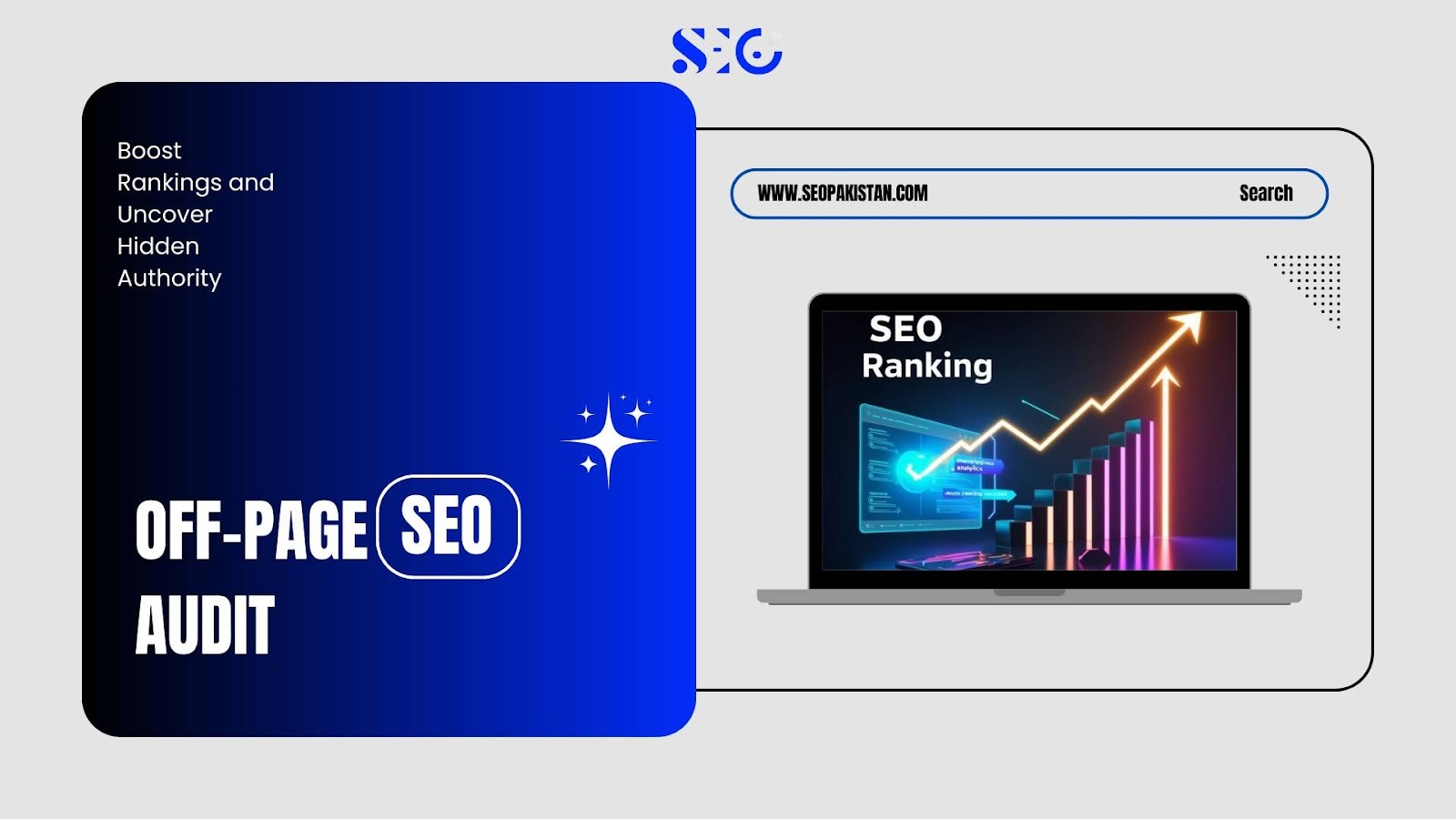You’ve spent hours crafting the perfect blog post, hit publish, and then… crickets. Sound familiar? The harsh reality is that creating content without knowing which keywords you’re actually ranking for is like shooting arrows in the dark.
SEO keyword research isn’t just about brainstorming what you think people might search for. It’s about understanding what terms are already driving traffic to your site, discovering what your competitors dominate, and identifying the exact opportunities that can skyrocket your rankings.
This guide will show you how with three game-changing keyword strategies: analyzing your website’s performance, uncovering your competitors’ hidden keyword gems, and turning that data into a powerful SEO plan.
Part 1: How to Check Your Own Website’s Keywords (Free & Easy)
Your website is already ranking for keywords; you just need to know which ones. This is where most successful SEO keyword research campaigns begin, and the best part? It’s completely free.
Step 1: Get Started with GSC
Accurate Keyword Data: Google Search Console (GSC) provides precise keyword data directly from Google’s servers, unlike third-party tools that only estimate search volumes.
User Insights: GSC shows exactly what users searched before clicking on your site.
Quick Setup:
Visit search.google.com/search-console.
- Add your website property.
- Verify ownership via HTML file upload or DNS verification.
Data Collection: Google starts collecting data immediately, but meaningful insights may take 24-48 hours to appear.
Actionable Task: Navigate to the “Performance” report in your GSC dashboard. This is where all your keyword magic lives.
Step 2: Analyze Your Performance Report
The Performance report contains four essential metrics that reveal your SEO health.
- Clicks show how many people actually visited your site from search results.
- Impressions indicate how often your pages appeared in search results, even if users didn’t click.
- Average CTR (click-through rate) reveals how compelling your titles and descriptions are. Average Position shows where your pages typically rank for each keyword.
Pro Tip: Look for keywords ranking in positions 11-20 with high impressions but low clicks. These are your “low-hanging fruit” opportunities. A few strategic content updates can often push these keywords onto page one, dramatically increasing your traffic.
Part 2: How to Find Your Competitors’ Keywords (Competitive Analysis)
Your competitors have already done the hard work of identifying profitable keywords in your niche. Why reinvent the wheel when you can ethically “borrow” their research?
Step 1: Identify Your Top Competitors
- Start by identifying your main target keywords. Search for these keywords and make note of the websites that consistently appear in the top 10 results.
- Create a list of 10 competitors who regularly outrank you for your target keywords. Aim to include websites with similar domain authority and content scope, rather than large corporations with significant SEO budgets.
- Use SEO tools like SEMrush, Ahrefs, or Moz to analyze keyword rankings, traffic, and backlinks for potential competitors. This will give you deeper insights into their strategies.
- Review the content on your competitors’ websites. Pay attention to their blog posts, landing pages, and formatting choices to see what’s driving their rankings.
- Analyze their backlink profiles to uncover the origins of their inbound links.
- Study their website structure and user experience (UX). A well-organized site with fast loading speeds and mobile optimization often ranks higher
- Review their meta titles, descriptions, and heading structure. Effective on-page SEO can be a key factor in their success.
- Use Google Search Console or other tools to compare click-through rates (CTR) and performance metrics against your competitors to identify areas for improvement.
Step 2: Use SEO Tools to “Spy”
Free tools won’t reveal competitor keyword data; you need paid software for this intelligence. SEMrush, Ahrefs, and Moz are the industry standards, each offering comprehensive competitor analysis features.
Actionable Task:
- Use your preferred tool’s “Domain Overview” or “Site Explorer” option to enter a competitor’s URL.
- Navigate to their “Organic Keywords” report to view every keyword they rank for, along with search volumes, keyword difficulty scores, and current positions.
- Monthly search volumes above 500.
- Keyword difficulty scores below 60.
- These keywords offer your best opportunities for creating competitive content.
- Look for competitors’ high-traffic pages and analyze their content structure, headings, and key points.
- Check for gaps in their content, such as unanswered questions or missing subtopics, to create more comprehensive content.
- Pay attention to the types of content performing well (e.g., blog posts, videos, infographics) and consider replicating these formats.
- Monitor their backlink profiles to identify sites linking to their content and pitch your improved versions.
- Use competitor rankings to identify trends or seasonal opportunities you can take advantage of.
Step 3: Conduct a Keyword Gap Analysis
Keyword gap analysis reveals the specific terms your competitors rank for that you don’t. This is often where the biggest SEO opportunities hide.
How to Do It:
Use the “Keyword Gap” or “Content Gap” feature in your SEO tool to compare your domain against multiple competitors simultaneously. The tool will generate a list of keywords where competitors rank in the top 20, but you don’t appear at all.
Export this data and prioritize keywords based on search volume, relevance to your business, and your ability to create superior content on these topics.
Part 3: Turning Keyword Data into Actionable Strategy
Keyword data alone holds little value without a well-defined plan for its use. The most SEO-friendly websites don’t just collect keywords; they systematically turn insights into traffic-driving content.
Analyze Search Intent
- Every keyword represents a specific user intention. Understanding whether searchers want information, are ready to buy, or need navigation helps you create the right content format.
- Informational keywords (like “how to check SEO keywords”) require comprehensive guides or tutorials.
- Transactional keywords need product pages or comparison content. Navigational searches often indicate branded queries where users seek specific companies or tools.
Create or Optimize Content
- Use keyword research to guide two content strategies:
- Create new content for high-potential keywords with no current rankings.
- Optimize existing content that ranks but could perform better.
- When optimizing existing content:
- Include the target keyword in the title tag, H1 heading, and naturally throughout the text.
- Expand thin content by adding sections, examples, or detailed explanations.
- Tip: Expanding a 500-word blog post to 1,500 words with improved keyword optimization can boost rankings from page three to page one.
Group Keywords
Keyword clustering transforms scattered optimization efforts into comprehensive topical authority. Instead of creating separate pages for “SEO keyword research,” “keyword analysis,” and “keyword planning,” create one authoritative guide that targets all related terms.
Part 4: Essential Tools for Keyword Checking (Free & Paid)
The right tools make keyword research efficient and accurate. Here’s what successful SEO professionals actually use:
Free Tools
- Google Search Console remains the gold standard for analyzing your current keyword performance. No other tool provides more accurate data about your actual search traffic.
- Google Keyword Planner offers basic search volume estimates and keyword suggestions, though data is often grouped into broad ranges rather than specific numbers.
- Google Trends helps identify seasonal keyword patterns and emerging search topics in your industry.
- AnswerThePublic visualizes questions, comparisons, and related keywords that people are searching for, helping you uncover content ideas.
- Ubersuggest provides keyword suggestions, search volume, competition data, and backlink analysis, making it a versatile free tool.
- Keyword Surfer is a browser extension that offers keyword data, including search volume and CPC, directly in your Google search results.
Paid/Freemium Tools
- SEMrush, Ahrefs, and Moz represent the professional tier of SEO tools. Each provides comprehensive competitor analysis, accurate search volume data, and advanced filtering options.
- Ubersuggest offers a generous freemium plan that’s perfect for small businesses and individual bloggers just starting their SEO keyword research journey.
- Mangools stands out for its intuitive interface and beginner-friendly approach to complex SEO concepts.
- SpyFu focuses on competitor PPC and SEO strategies, helping you uncover valuable insights.
- Serpstat combines keyword research, competitor analysis, and rank tracking into one affordable platform.
- BrightEdge provides enterprise-level solutions, including AI-driven recommendations and detailed performance tracking.
- Majestic specializes in backlink analysis, offering powerful tools to evaluate link profiles and domain authority.
Conclusion
Successful SEO keyword research combines three essential elements: understanding your current performance through Google Search Console, discovering competitor opportunities with professional SEO tools, and systematically implementing insights through content creation and optimization.
The websites that dominate search results don’t rely on guesswork; they use data to make informed decisions about every piece of content they create. Your competitive advantage lies in consistently applying these keyword research principles rather than sporadic optimization efforts.
Start with Google Search Console today. Analyze your existing keyword performance, identify your low-hanging fruit opportunities, and begin optimizing your highest-potential content. Small, consistent improvements in your SEO keyword research approach will compound into significant traffic growth over time.
Looking for expert SEO services? Visit SEO Pakistan and let us help you achieve measurable results for your business. Get started today!
Frequently Asked Questions
How do I find competitor keywords?
You can find competitor keywords by using a paid SEO tool like SEMrush, Ahrefs, or Moz. You simply enter a competitor’s domain and view all the organic keywords they rank for.
What is “low-hanging fruit”?
In SEO, “low-hanging fruit” refers to keywords where you already rank in a decent position (e.g., 11-20) but could easily improve. With small content adjustments, these keywords can reach the first page.
How often should I check keywords?
You should check your keyword rankings regularly, at least once a month. Consistent monitoring helps you identify new opportunities and quickly adjust your SEO strategy to maintain or improve your visibility.
What is keyword gap analysis?
Keyword gap analysis identifies keywords your competitors rank for that your site currently does not target. This process uncovers new content opportunities that are proven to drive traffic in your niche, giving you a competitive edge.













